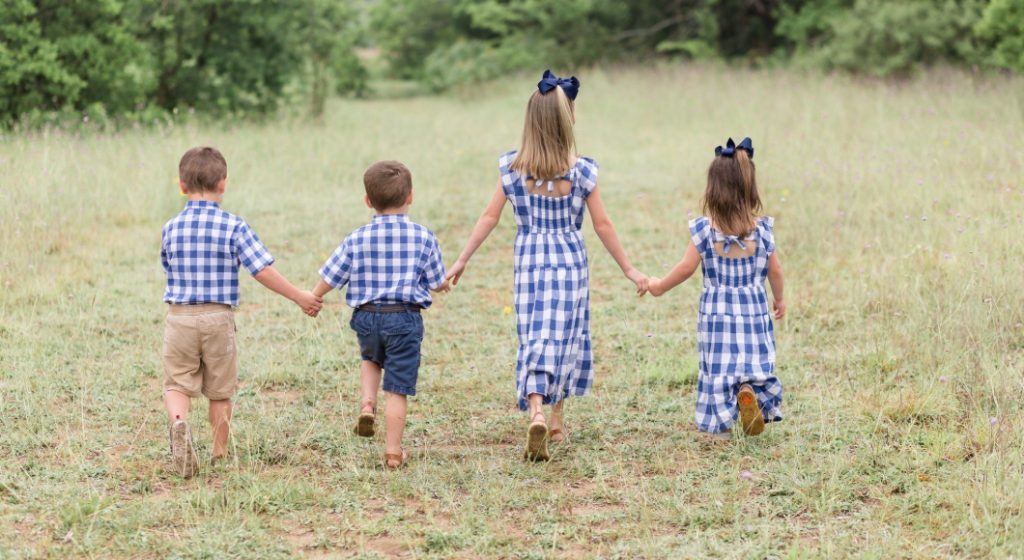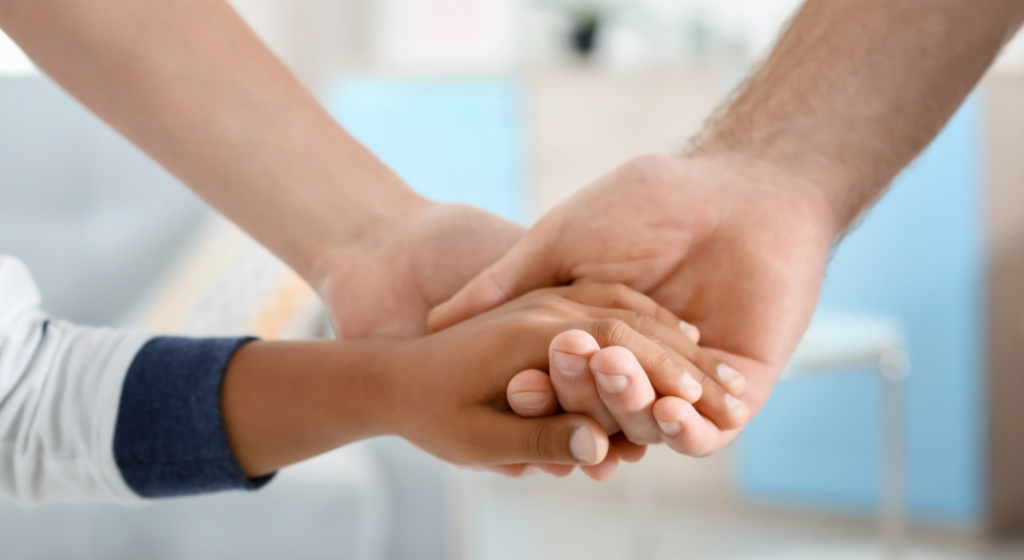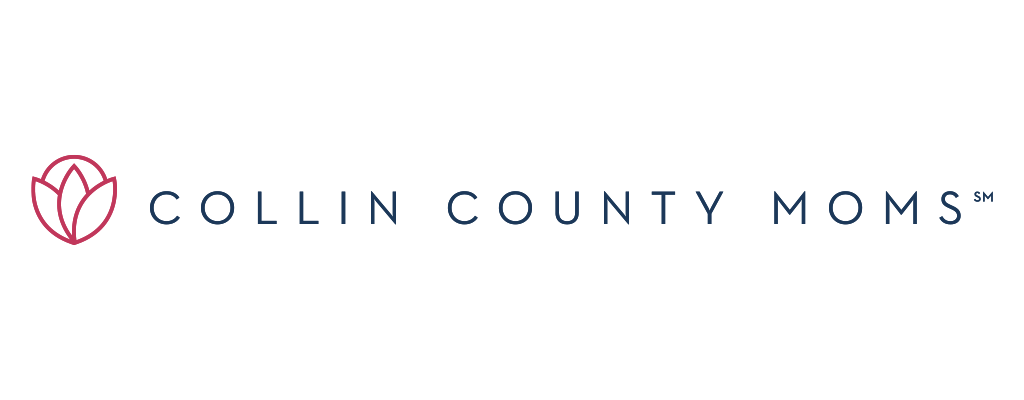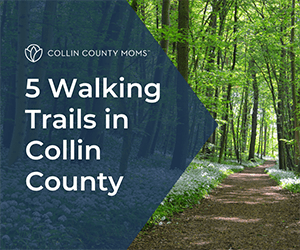
“Were you unable to conceive?”
This is almost always the follow-up question when someone learns we adopted our four kids. While this is truly an invasive question, I don’t mind answering. The truth is, I’ve wanted to adopt children since I was a teenager.
My husband and I were married in 2008 when we were both 22 years old. We bought our first house in 2016 and decided it was time to start looking into adoption.
But where does a couple even start? A lawyer? How do we find a child? International? Locally? How does it work? Isn’t it super expensive? What if the birth parents don’t choose us? What about disabilities and trauma?
Buckle in and hold on tight while I share what my husband I learned about fostering and adopting. These were the four major steps we went through to adopt from foster care.
>> LISTEN :: Adoption Myth Busters :: Momfessions Podcast :: Episode 73 <<
Step 1: Adoption Consultant
Our appointment with an adoption consultant is what really set our trajectory towards foster care versus private adoption. She dug deep into our strengths, interests, and goals. After much discussion, we decided we really wanted to be foster parents and eventually adopt so that we didn’t feel rushed.
Let’s pause for a moment. If you decide to foster, you must know the goal is always reunification. If it is safe to do so, children belong with their biological family. A foster parent’s job is to encourage biological families and work a plan towards reunification. This isn’t always easy. If you can’t support birth families, please don’t choose foster care as a choice of parenting.
Step 2: Getting Licensed
My husband and I first became licensed in North Carolina and have been licensed here in Texas for more than a year. We are licensed through the Department of Family and Protective Services (DFPS). There are also private agencies that can issue licenses in Texas, including religious affiliated groups.
Whichever agency you choose to license with will require training and a home study. Each agency is slightly different with its requirements. It seems tedious and overwhelming, but take it one step at a time. Children need safe homes. While it is a pain, it is worth it to have a child in a safe place.
As opposed to private adoption, both locally and internationally, there is no financial cost associated with adoption from foster care. This is a huge reason couples choose this route to parenthood. Nearly every fee is paid for by the state. Children adopted from foster care also receive Medicaid until they are 18.
Step 3: Placement
Our first placement call happened two hours after licensing! I think this speaks volumes to the need for licensed parents. If you have ever been interested, now is a great time to do more research and find out if foster care is a right fit for your family.
Our first placement was three siblings ages four, three, and newborn. Many times, children come into care in sibling groups rather than individually. Keeping siblings together is a goal.
You can decline placements, and there are lots of questions to ask placement social workers. Make a list of questions during your training to prepare you for that phone call. Stick to your boundaries when it comes to what you can physically and mentally handle. You may need to limit the quantity of children you agree to foster.
 Step 4: Adoption
Step 4: Adoption
Once a child has been removed from his or her biological parents, the parents are required to work a case plan. That can entail parenting classes, rehabilitation, finding housing, gainful employment, etc.
The general rule is permanency for a child within a year. If that cannot or does not happen, the social workers and attorneys will ask parents to relinquish parental rights, or parental rights can be terminated by a judge.
Each case is unique to the children, circumstances, and birth families. Sometimes, this happens before the year mark. At this point, the case plan would move towards adoption. Foster parents do not make the decision to change the case plan. This is decided ultimately by a judge on the recommendation of social workers. Extended biological family will be considered before foster parents; however, finding those extended family members is usually exhausted by this point in the child’s case.
Texas seems to move cases quickly. While this is great for a child’s permanency, it is devastating and difficult for biological parents, especially those with substance abuse disorder. It can be frustrating and polarizing for a foster parent to support birth families while also wanting the child to receive permanency.
Once a child’s case plan has been changed in court, you will be assigned an adoption social worker and begin the legal paperwork. This can be a series of court hearings and can take months to achieve. Each case is unique and may have different stipulations.
>> RELATED READ :: Foster to Adoption: Our Journey So Far <<
Final Thoughts
From start to finish, the process can be long. While the goal is permanency for children within a year, our first adoption took three years from placement to final adoption. Our second adoption took more than four years. Children also reunify and don’t become available for adoption. These are all things to contemplate. Children in foster care experience a higher level of trauma than your biological children will have endured. Preparing for their mental and physical needs are also something worth pondering.
Is adoption from foster care a good fit for your family? It is a lot to take in. Start with seeking a consultant and going through licensure. Browse some of the resources I list below. During that process you can really determine what works best for your family.
For further support, Foster the Family is a great Facebook resource group. The TBRI Podcast is an excellent podcast about understanding trauma, and the Foster Parent Partner features a mom who gives great advice for foster parents on her TikTok channel.













